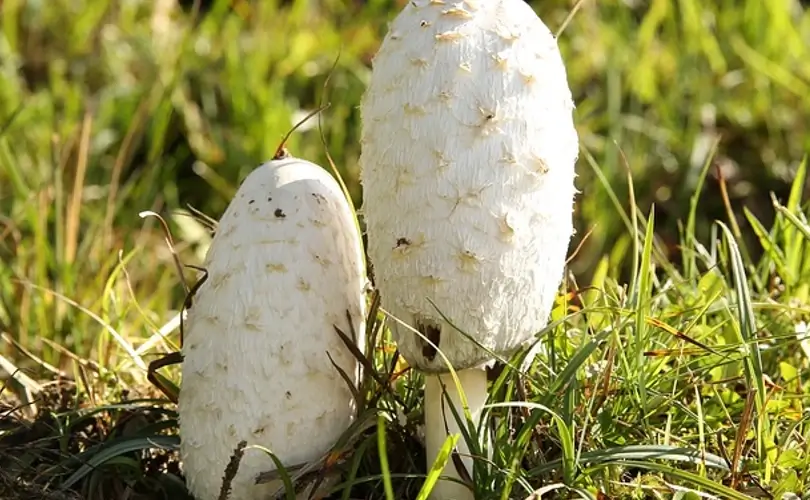The Growth of a Mushroom On Itself
When one mushroom grows on top of another, it is most likely a saprophytic mushroom. It would be good for the ecosystem if the spores of these mushrooms spread and were safe to consume.
Fungi can develop on other fungi through a process known as saprophytism. The term “saprophyte” is used to describe organisms that thrive off of rotting matter. Mycelium from a different mushroom is what you’ll find when you dig up a dead mushroom.
Mycelium, the vegetative part of fungi, is made up of hyphae, threadlike filaments forming a network. Once a mushroom dies, the mycelium it contains begins to decompose. This decomposition process generates nutrients that may be utilized by other fungi, which may then grow atop the dead mycelium.
Saprophytes are a wide-ranging group of organisms that include protists, fungi, and bacteria. The most common type of saprophyte is fungi, which play a crucial role in decomposing dead organisms and plant debris. Bacteria are a vital saprophyte that aids in the decomposition of organic and inorganic materials. Decomposition describes this method. Several different types of saprophytes may be found among the protists.
Saprophytes are beneficial to ecosystems because they speed up decomposition and increase organic matter recycling. They recycle nutrients back into the soil or water where they were initially discovered by decomposing organic matter. Once these nutrients have been removed, they can be used by other organisms, such as plants and animals. In addition to aiding in the breakdown of harmful substances, saprophytes help clean up polluted areas.
Examples of Mycoparasitic Fungi
The shaggy mane mushroom, or Coprinus comatus, is a saprophytic fungus commonly found in backyards and parks. Pleurotus ostreatus, often known as the oyster mushroom, is a saprophytic fungus. The hen of the woods is another name for this bird.
The shiitake mushroom, or Lentinula edodes, is a saprophytic fungus that thrives on decaying hardwood.
Known technically as Morchella esculenta, morel mushrooms are a saprophytic fungus that sprout in the spring.
Symbiotic mushrooms don’t harm their hosts in any way. The living mushroom is safe from injury as a result of these spores. They can aid in the decay of the mushroom and the recycling of its nutrients back into the soil.
The term “saprophytes” defines organisms that survive by feeding on decaying or dead organic matter. They are classified as heterotrophs since they must rely on external sources for nutrition. The activities in which saprophytes engage are crucial to decomposing organic matter and are found everywhere in nature.













